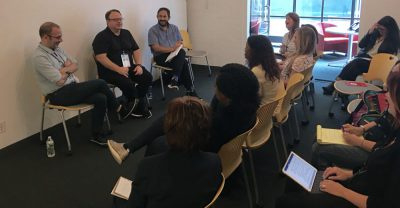APPLYING TO FILM FESTIVALS 10 DOS AND 5 DON’TS

So it’s that intense festival time of year again. You’re considering festivals, applying to festivals and who knows perhaps already excited about the festivals you have been accepted to. Here are 10 Do’s and 5 Don’ts when applying to film festivals. These suggestions are based not only on my own work with clients, but also […]
IFFR, Tiger Release, and the Trend of Festival as Distributor

I’m so thrilled to be participating in two IFFR events this year! For those of you attending, I hope we run into each other. On the morning of Monday, the 26th, I’ll be serving on a distribution panel called Get Your Film Out There! (moderated by Amy Dotson). That afternoon, I’ll be participating in an […]
Didn’t Get into Sundance? A World of Opportunity Awaits
The Sundance Film Festival has started announcing its slate for the 2011 festival. This has traditionally been a nerve wracking time for independent filmmakers who, in the past, have put so much stock into premiere film festivals like Sundance.
But in the new world of distribution, marketing and audience engagement the world is a much better place than it was just five years ago for the thousands of films that do not get into Sundance, or any other premiere festival.
25 Points to Consider in Approaching Your Festival Premiere: Part 2
The first part of this article concerned how to approach festivals if you want to still pursue a more conventional sales oriented strategy within the new landscape of distribution for independent film.
This second part will address what you should consider if you are going to use your premiere festival (or one of your festivals) to launch the actual distribution and marketing of your film.
Review of Think Oustide the Box Office by Content NOW
Content NOW Here’s the pull quote: “Written in a light conversational tone and beautifully organized over 354 pages, Jon, a noted filmmaker (Bomb It, Better Living Through Circuitry) and CalArts teacher, passionate about connecting filmmakers to their audiences, arms filmmakers with the arsenal needed for a killer DIY direct to fan film marketing campaign. This […]